Tags
Related Posts
Share This
Studio Arts Closeup on Phat Le
Junior Studio Arts major Phat Le rests amid the rubble of art projects past and present in the barracks beside the set of Manhattan. Known simply as “Le” to his friends, the Vietnamese expatriate sits in repose, his legs folded in front of a makeshift table. Le shares his studio with his best friend Chase Stafford. His finished products hang from the walls, while the materials he uses to create his work lie scattered on the floor. Copies of Ho Xuan Huong’s poetry can be found near pencil-scribbled ones and zeroes covering sheets of paper, wooden creations and even the walls. It looks like a scene out of A Beautiful Mind. “I turned the whole studio into a madhouse,” Le says. “It looks like a mental hospital right now.”
Le’s Method
Le’s current series of work is built upon a newfound interest in math. He uses numbers, primarily binary code, to draw parallels between the real world and the world of the imagination. “I was playing this traditional Vietnamese game, similar to tic-tac-toe, and that led to my doing some research on imaginary numbers,” Le says. “That idea parallels our real lives. You have the real world and the imaginary world. I’m experimenting with what lies between the two, trying to figure out what is the space between the real and the imaginary.”
Le was given an assignment in class to react to Picasso’s Guernica. He created a piece that tracks the results of flipping a coin. “When you flip the coin, you don’t know which side is going to face up and which side is going to face down.” Dots graph the random landing of heads or tails. Another piece uses binary code to translate a poem by Vietnamese poet Ho Xuan Huong. “I find it very interesting, because you can turn anything into binary code,” Le says. He marks lines on a long piece of wood, using lighter lines to represent zeroes and darker lines to represent ones. Luckily, it’s not a long poem. “The poem only has eight sentences.”
Under the Influence
An art student interested in math is a rare find. “A lot of art students say, ‘This is based on my memory of…’ And that’s kind of boring. Yes, maybe you have a very interesting story to tell, but everyone’s trying to do that. Everyone has an interesting life. Even though I use a lot of things from my culture, I try to represent something bigger than just culture. I think everything has a system.”
Le’s interest in math is relatively new. “I never liked math when I was younger,” Le says. “I actually really hated math.” Though his relationship with his father is somewhat strained, he credits his father for his gaining a greater appreciation of math. “My father’s idea of math, that math is everything, has slowly proven to be true. When I started playing the tic-tac-toe game, I realized that there is math everywhere.”
In bridging the gap between the real and the imaginary, Le draws a comparison to the philosophy of Georg Wilhelm Friedrich Hegel. “He had the idea of thesis, antithesis and synthesis,” says Le. The thesis is an initial proposal, the antithesis is the opposite of that proposal, and the synthesis resolves the differences between the two. “I think that’s kind of like math and what I’m trying to do with numbers. We have real numbers, like: one, two, three, four, five. Then we have the imaginary or impossible numbers, like when a square root becomes negative. When you put them together, they create a complex number. And that’s where the synthesis applies. I feel like the complex number is a summary of what is real, what is imaginary, and what the difference is between the two.”
Up and Coming
Some of Le’s work is currently on display at Wade Wilson Gallery as part of the “Stubborn Matter” exhibit. His work is featured alongside that of SFUAD faculty, alumni and fellow students. “I’m also about to do another show at Site Santa Fe on May 9,” Le says. A video project Le created last year will be featured in the exhibit. “It’s about the tension of something trying to get out from under its cover. When I came here, my culture clashed with American culture. I was fighting with my parents, because they wanted me to become a doctor. It’s an ongoing fight to connect with my family. So that piece is about the tension created when you try to get out of yourself.”
Le plans to pursue a graduate degree after graduating from SFUAD. He’s still trying to find the right school for his MFA. “It might be in a different country. I want to experience life. I want to experience the world and not just be stuck in one place forever. But I will definitely move back to Santa Fe when I’m done, because it’s a special place. It’s so weird.” As far as the type of work Le plans to do in the near future, he says, “I’m going to continue with the number idea and see how far I can go with it before I kill myself.”






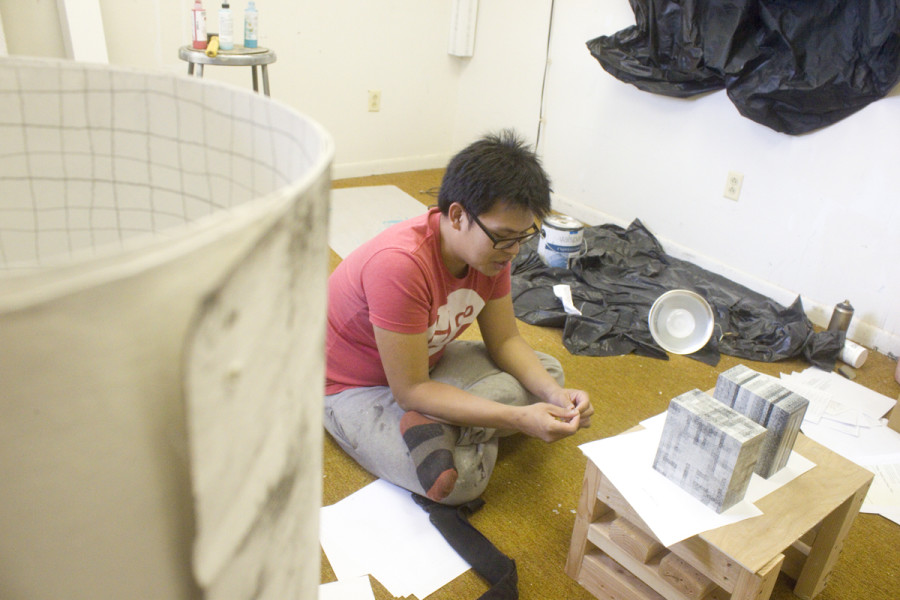
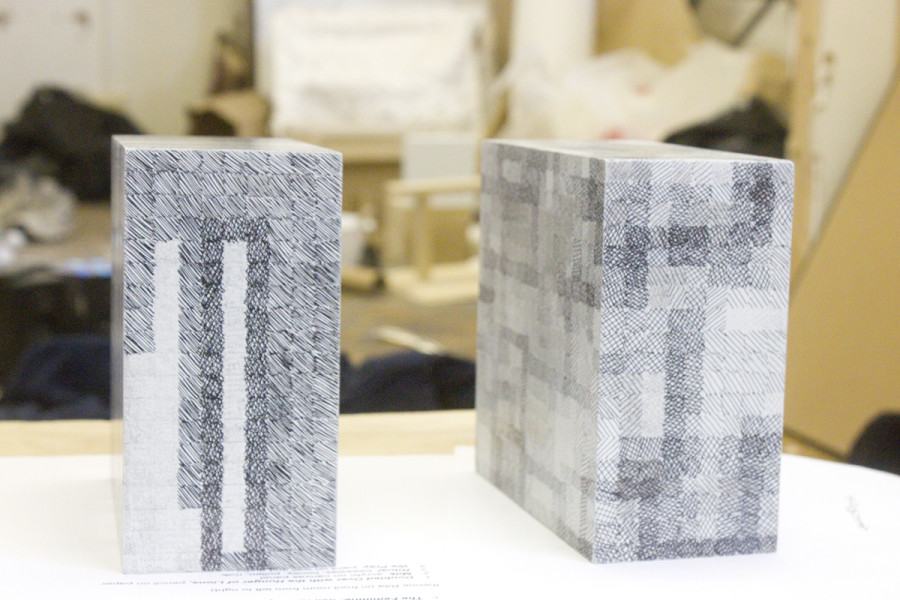
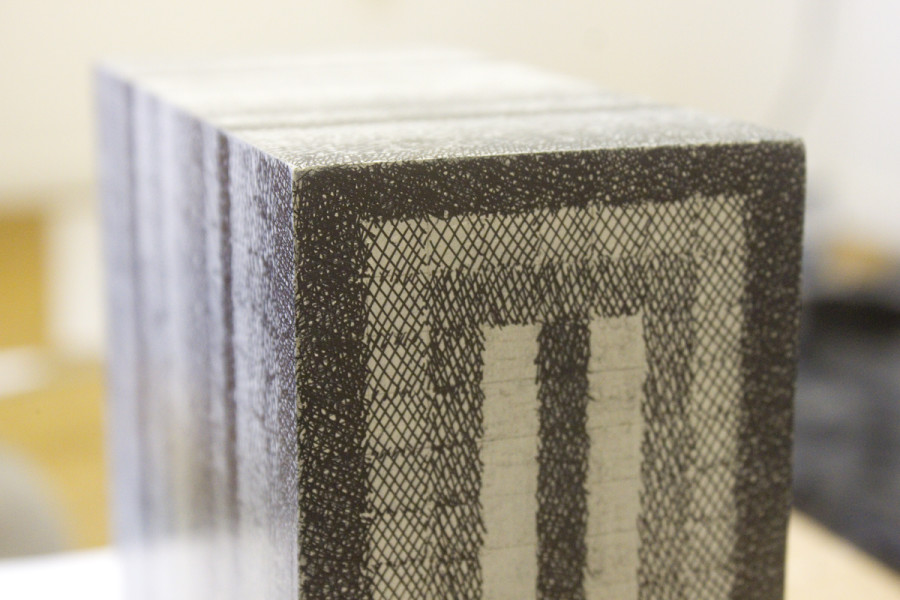

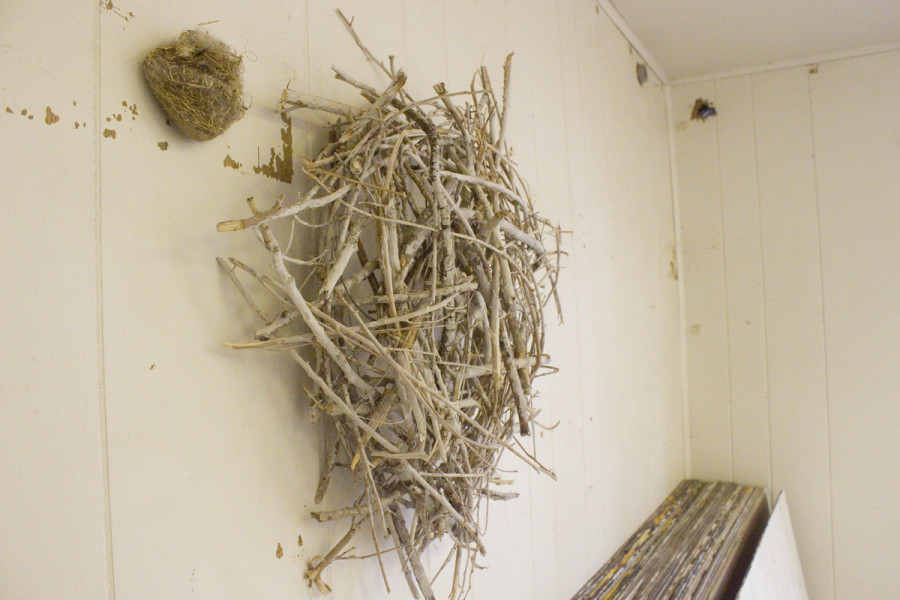
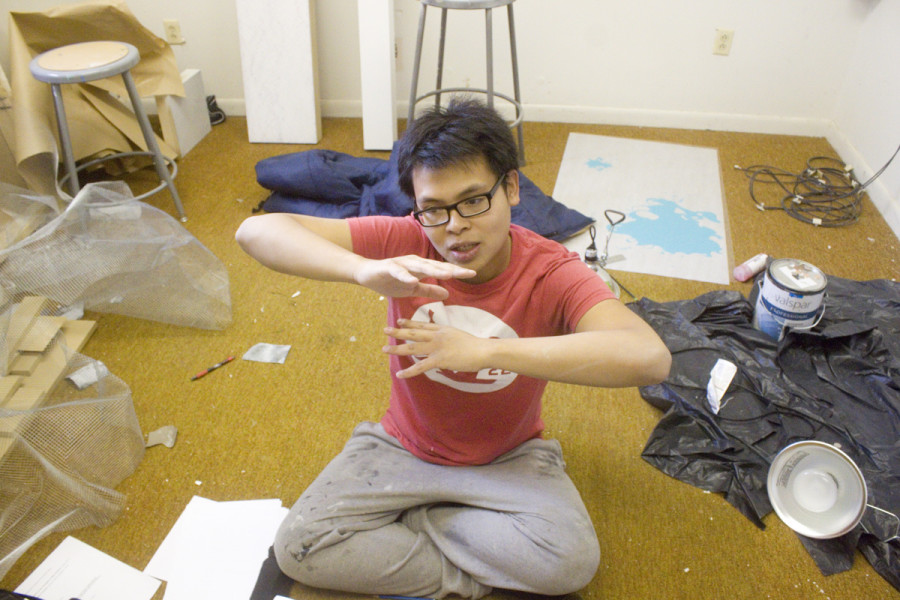
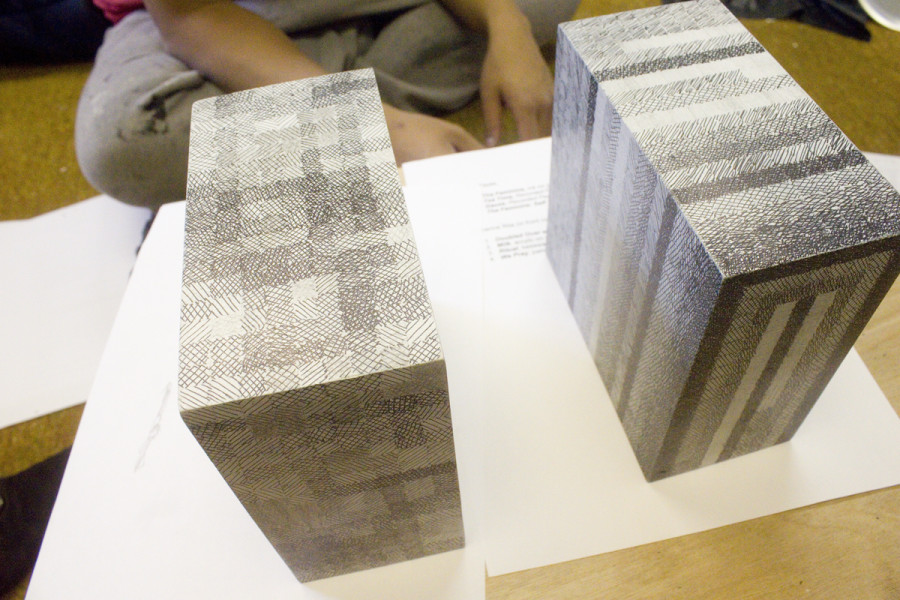
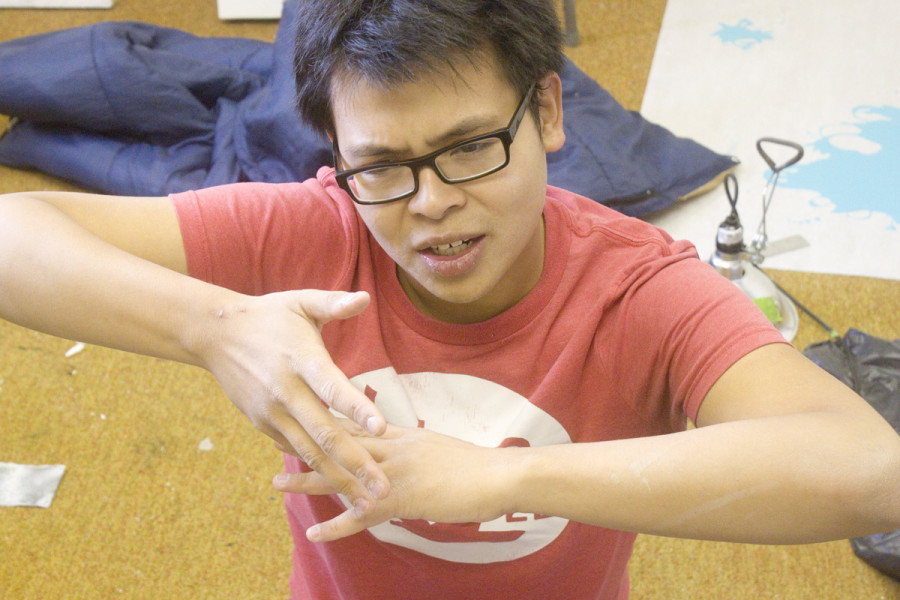
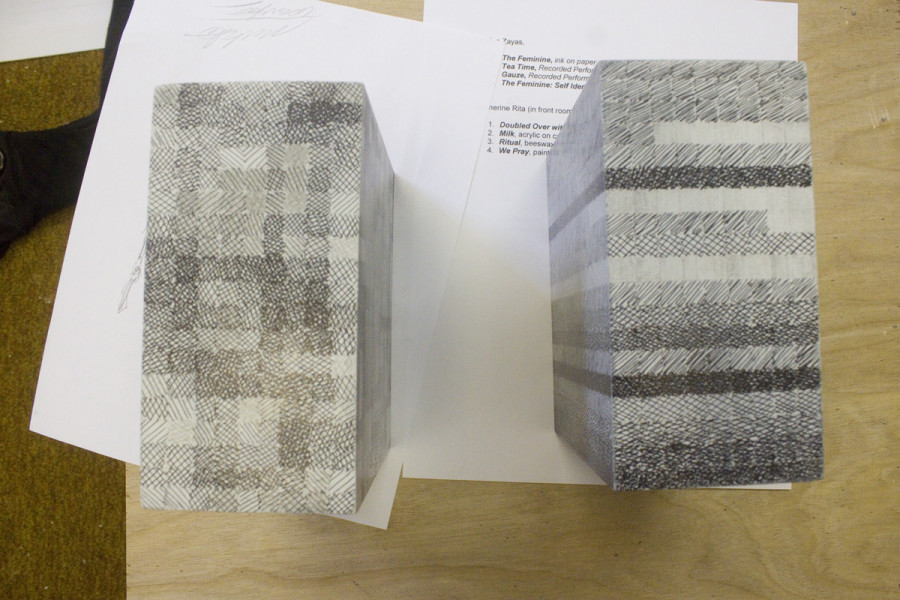
 Jackalope Magazine is the student magazine of Santa Fe University of Art and Design. Building on the interdisciplinary nature of our education, we aim to showcase the talent of our university and character of our city.
Jackalope Magazine is the student magazine of Santa Fe University of Art and Design. Building on the interdisciplinary nature of our education, we aim to showcase the talent of our university and character of our city.
Recent Comments